Affiliate links on Android Authority may earn us a commission. Learn more.
Pocophone F1 redux: Still the best value for money?
Published onMay 30, 2019
2018 was a great year for smartphone enthusiasts, and one of the most celebrated and successful releases was the Pocophone F1. It was the first device from a fresh new brand, a subsidiary of Xiaomi. The budget beast took the world by storm in August 2018 and became more popular than even some of Xiaomi’s major releases, for one simple reason: its spec-to-price ratio.
As rumors of the Pocophone F2 begin to surface, we’re taking a look back at the POCOphone F1. Just how well does it hold up in 2019? Well, my job was to find out, and over the past two weeks I’ve been searching for the answer.
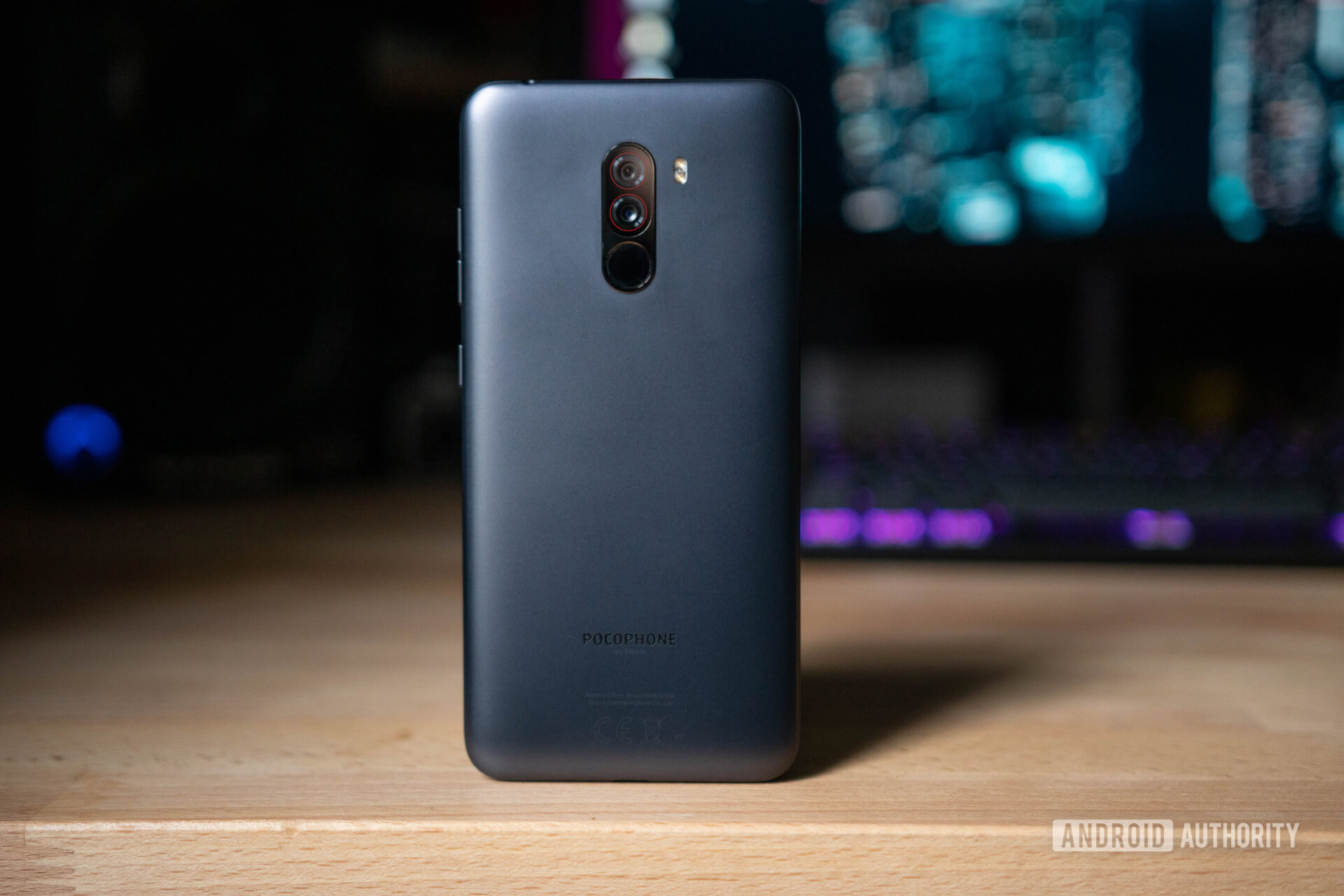
It goes without saying that the Snapdragon 845 SoC with 6-8GB of RAM and 64-256GB of storage are all very respectable in 2019. The POCOphone F1 has no trouble competing with all but the best smartphones in 2019, and it’s not just on paper that this thing excels. In everyday tasks, such as browsing social media, editing documents, watching videos and light gaming, the POCOphone F1 gets the job done. I experienced very few hangs and crashes during my time with the device; it feels very quick, even nine months after its initial release.
The POCOphone F1 has no trouble competing in 2019.
The F1’s strong 3D gaming performance was among its many selling points, and to this day, we still have exceptional abilities in this area. I tested a few demanding titles including Real Racing 3, Fortnite, PUBG Mobile, and TouchGrind, and the result? Not a single hiccup to be had. The plucky underdog still sits with the big boys in 3D gaming performance and I was very impressed given its price.
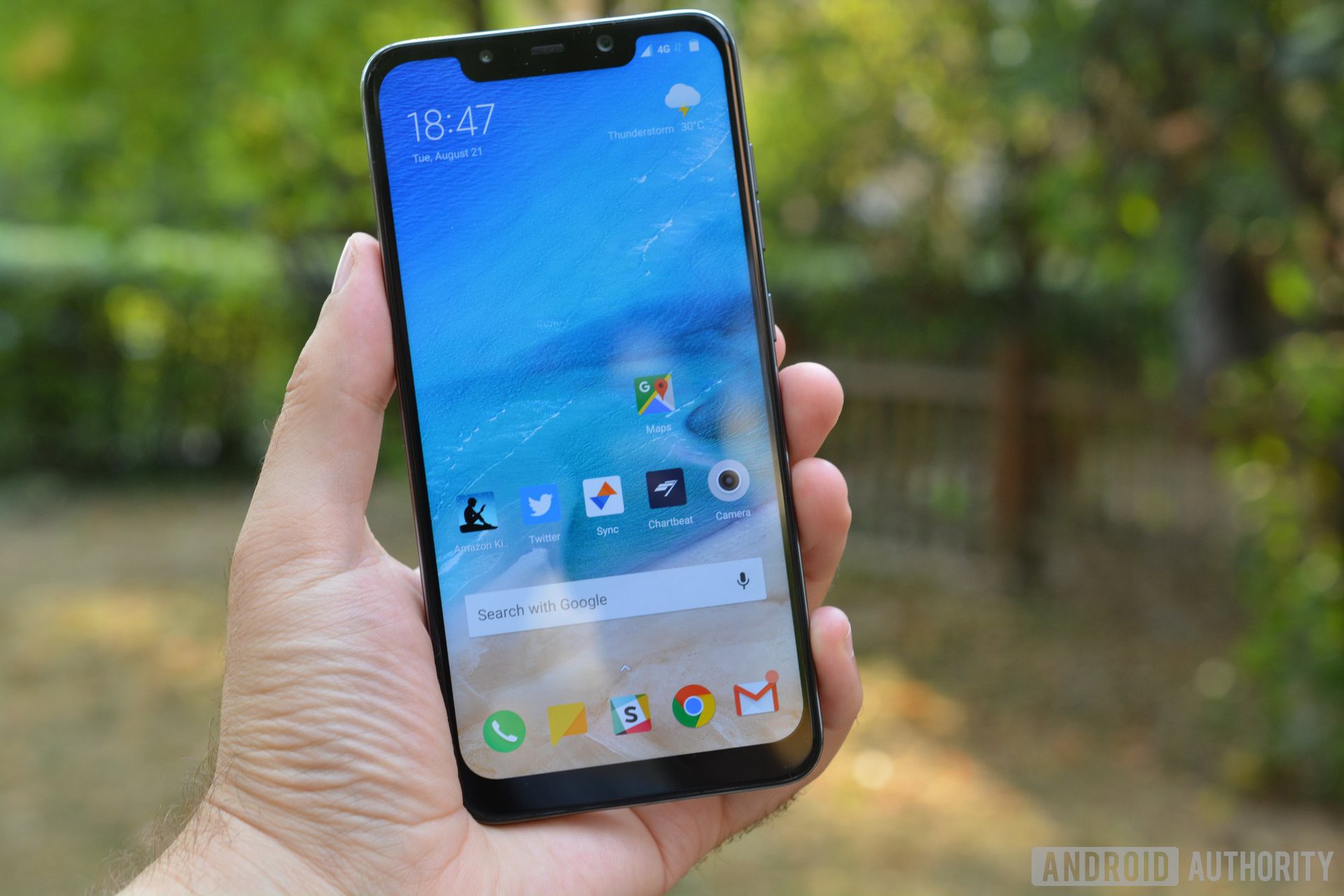
The battery life was also very good. The standard size for a battery in 2019 is around 4,000mAh, and the F1 handily meets that standard. We have the Android 9.0 Pie-based MIUI 10 to thank for that. It’s been well-maintained by Xiaomi, and it’s one of the reasons budget consumers are flocking to the Chinese manufacturer’s devices. General software updates are received roughly every two weeks, and Jai Mani (Pocophone’s head of product) stated in October 2018 the F1 will get at least Android Q.
We’ll do at least P and Q— Jai Mani (@jaimani) October 28, 2018
If Xiaomi’s track record is anything to go by, we can expect Android Q in Q4 of 2019, and possibly another major update next year too. Often, the issue with more affordable devices is the software support, and the POCOphone F1 goes against the grain. It’s refreshing.
With devices as low as $300 boasting premium build materials nowadays, the plastic chassis of the F1 is one of its biggest drawbacks. The use of plastic results in the device feeling cheap, cheaper than even some entry-level models. I believe Xiaomi wouldn’t have been able to hit the F1’s price point with a more luxurious build. As such, the cheap build is one of two big prices you pay for, well, not paying so much for a device as packed as this!
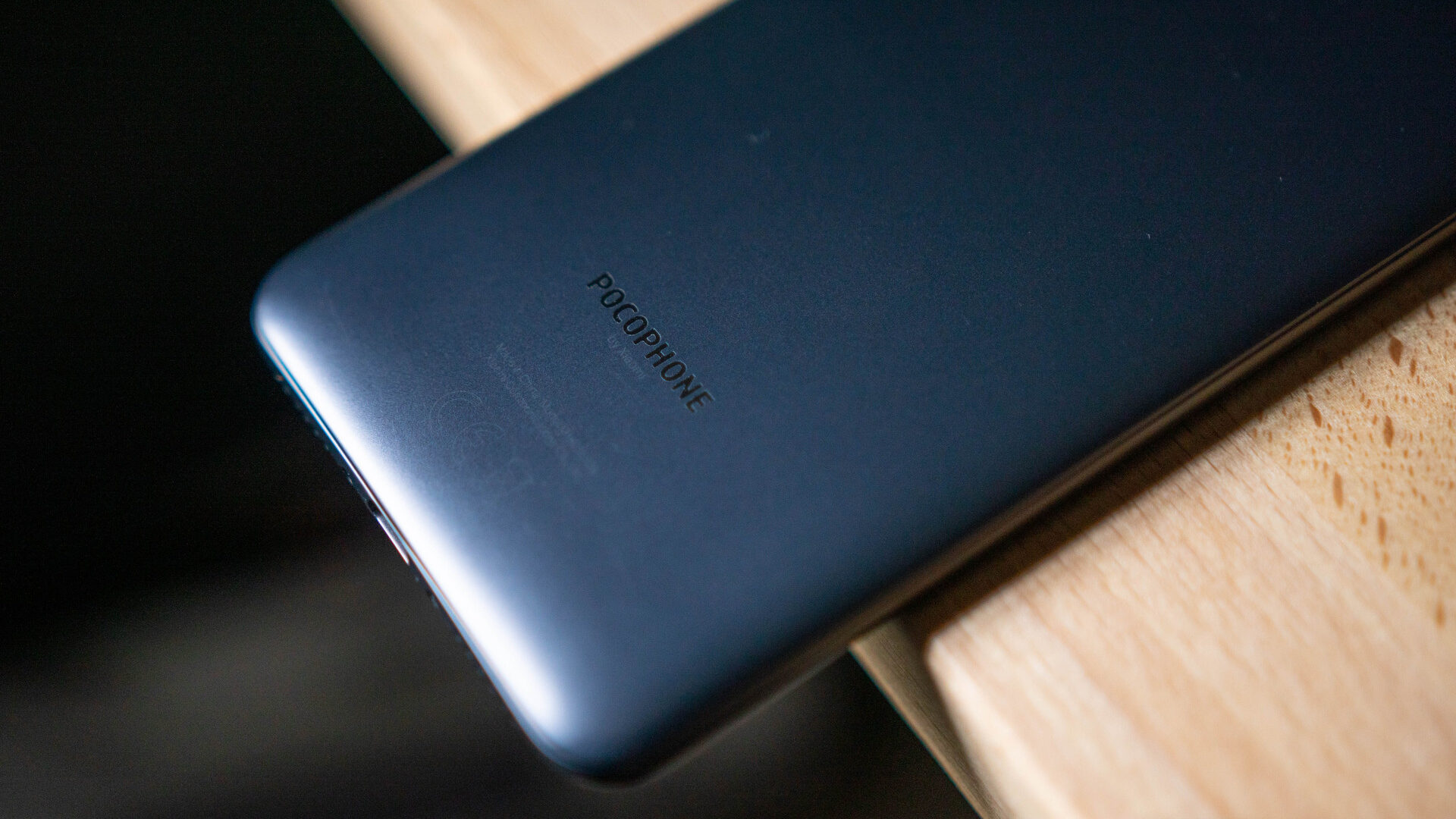
As the POCOphone F1 uses the same IMX363 camera sensor as the Pixel 3, software updates could get it closer to the camera king, at least in theory. Sure, it’s not that close to Google’s legendary smartphone camera, but the images that the F1 captures are far better now than they were when the device first came out. Dynamic range and color accuracy have significantly improved in the meantime. Dynamic range in particular was a flaw of the original sample images we saw from the device.
960fps slow-motion video recording was included in a recent software update, putting the POCOphone’s camera feature set up there with the likes of the Samsung Galaxy S9. UHD4K 60fps video recording was included in a Beta version of MiUI, with users hoping it will come in a future official MIUI update. Portrait mode hasn’t been improved much, and that’s something Google’s budget Pixel 3a does much better for around the same price.
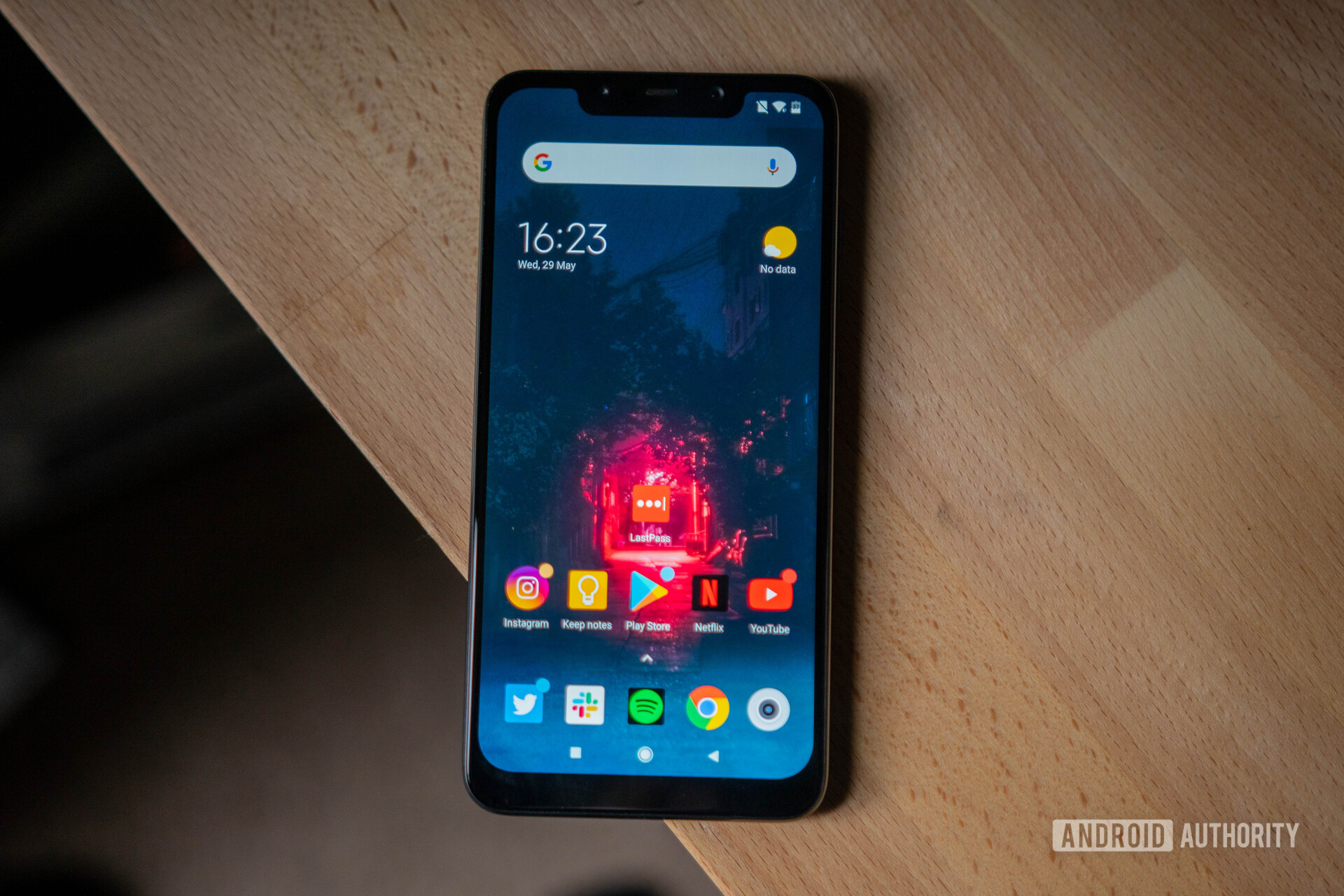
Some of the POCOphone F1’s best features are some of its most mundane: a headphone port, microSD expansion, ultrafast capacitive fingerprint scanner, and fast face unlock. Many of today’s handsets are losing some of these features, and to a large group of consumers, they are necessities. I have personally found the fingerprint scanner to be an order of magnitude faster than the optical in-display unit found in the OnePlus 6T and even some conventional scanners on the likes of the Galaxy Note 8 and OnePlus 6.
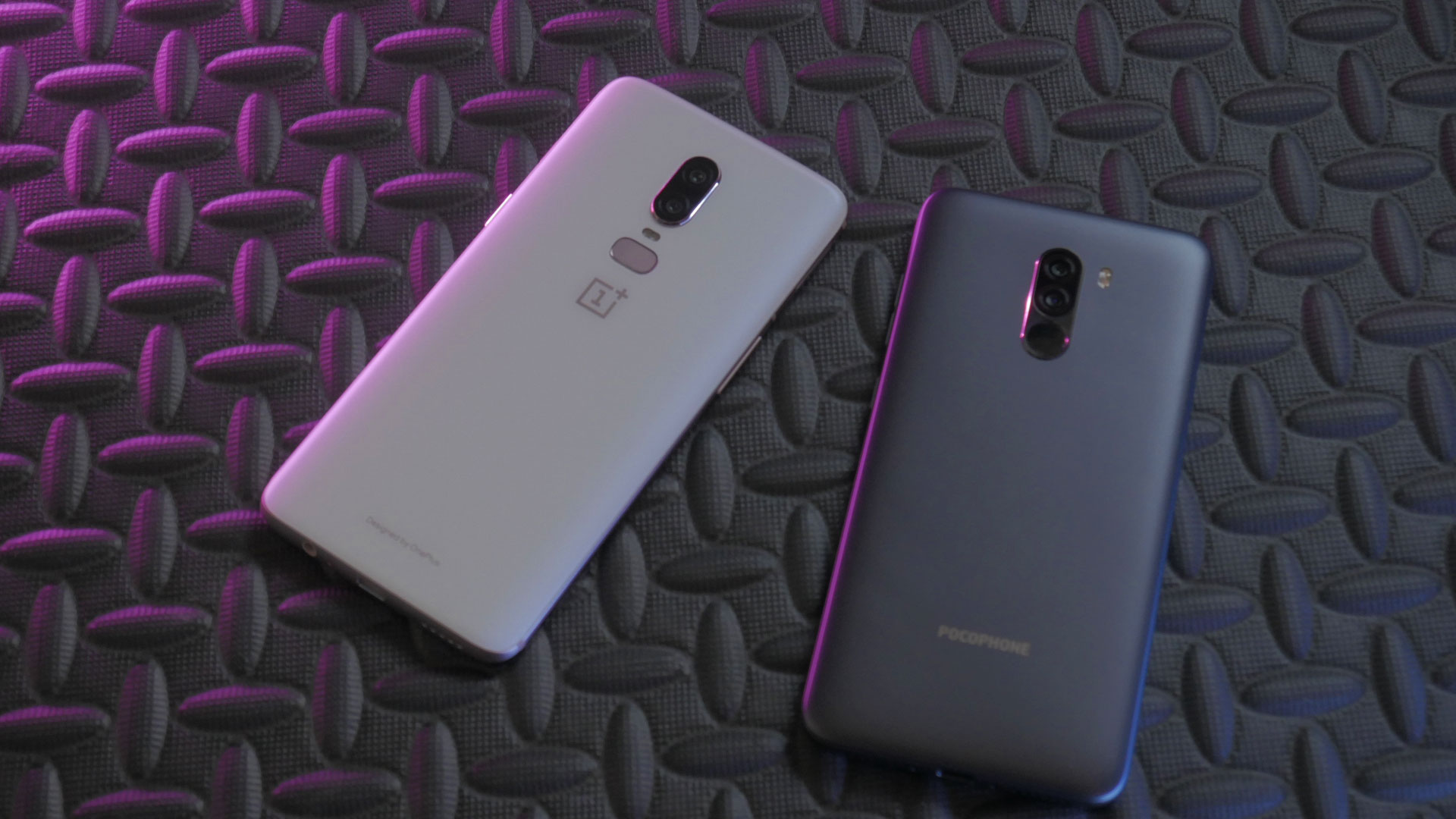
If I had to label a particular aspect of the F1 as its Achilles’ heel, it would have to be the display. At FHD+, it certainly hangs with its competition in terms of resolution, but the IPS panel is poor to say the least. IPS is an LCD-based technology, and therefore cheaper to produce than OLED. This particular IPS panel has a few issues, in particular luminosity issues. The POCOphone F1 has a significant and rather off-putting glow around the perimeter of the display when viewing dark content, and a shadowing effect when viewing light content.
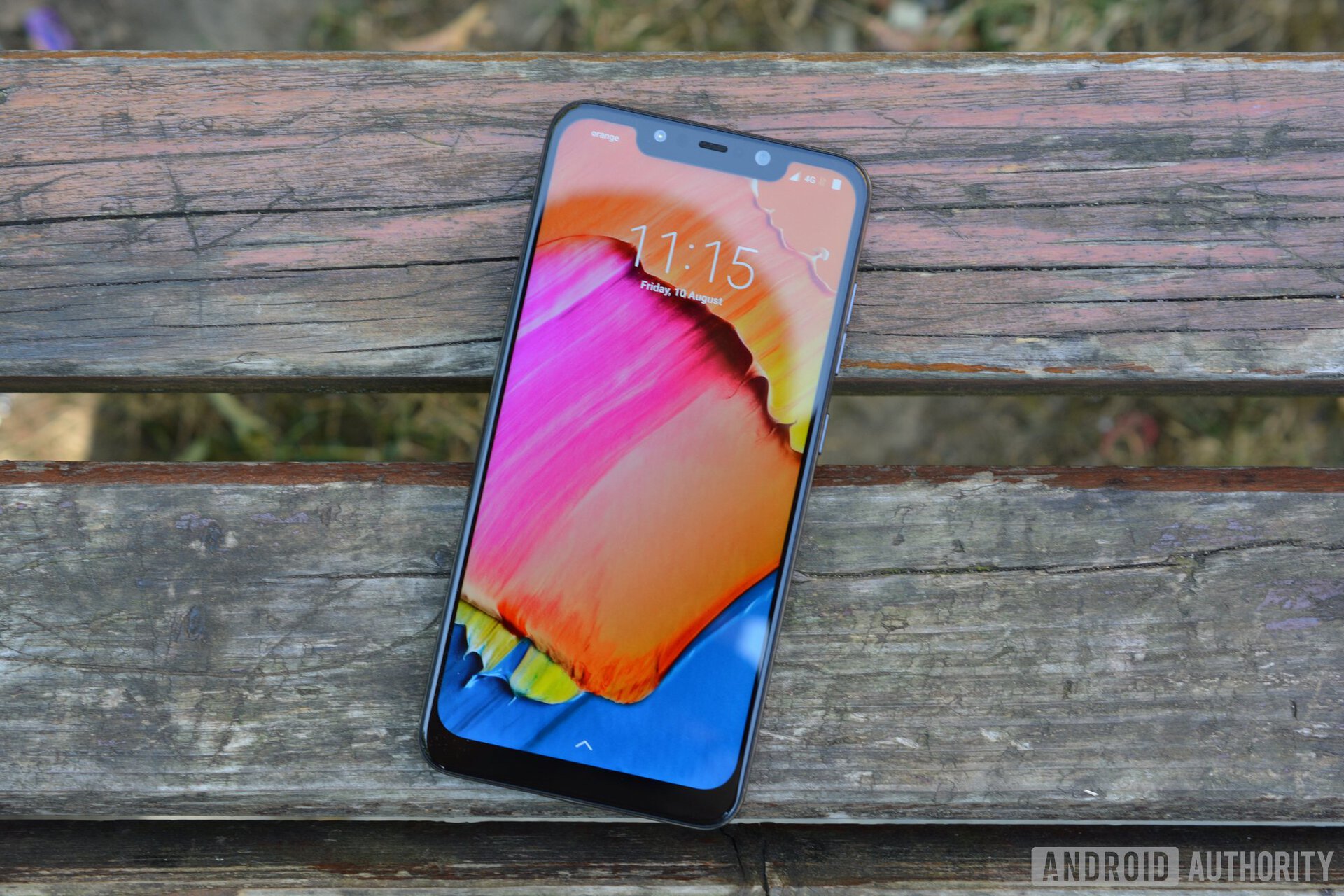
The POCOphone F1 has maintained a reasonable price tag of 275 pounds, 350 euros, or $350. That price tags brings great value for money for consumers, and a hard time for other phones in its price range to compete. On eBay and Gumtree, used base model F1’s can be found for around $50-$75 less than the price for a new phone. I truly believe that, at this price, the phone is unmatched. Alternatives that are worth your time include the recently released Pixel 3a with its truly top class camera. A used OnePlus 6 is also a great option for those looking for a far better screen, fancier build, and arguably cleaner software. However, both alternatives will set you back a few pennies.
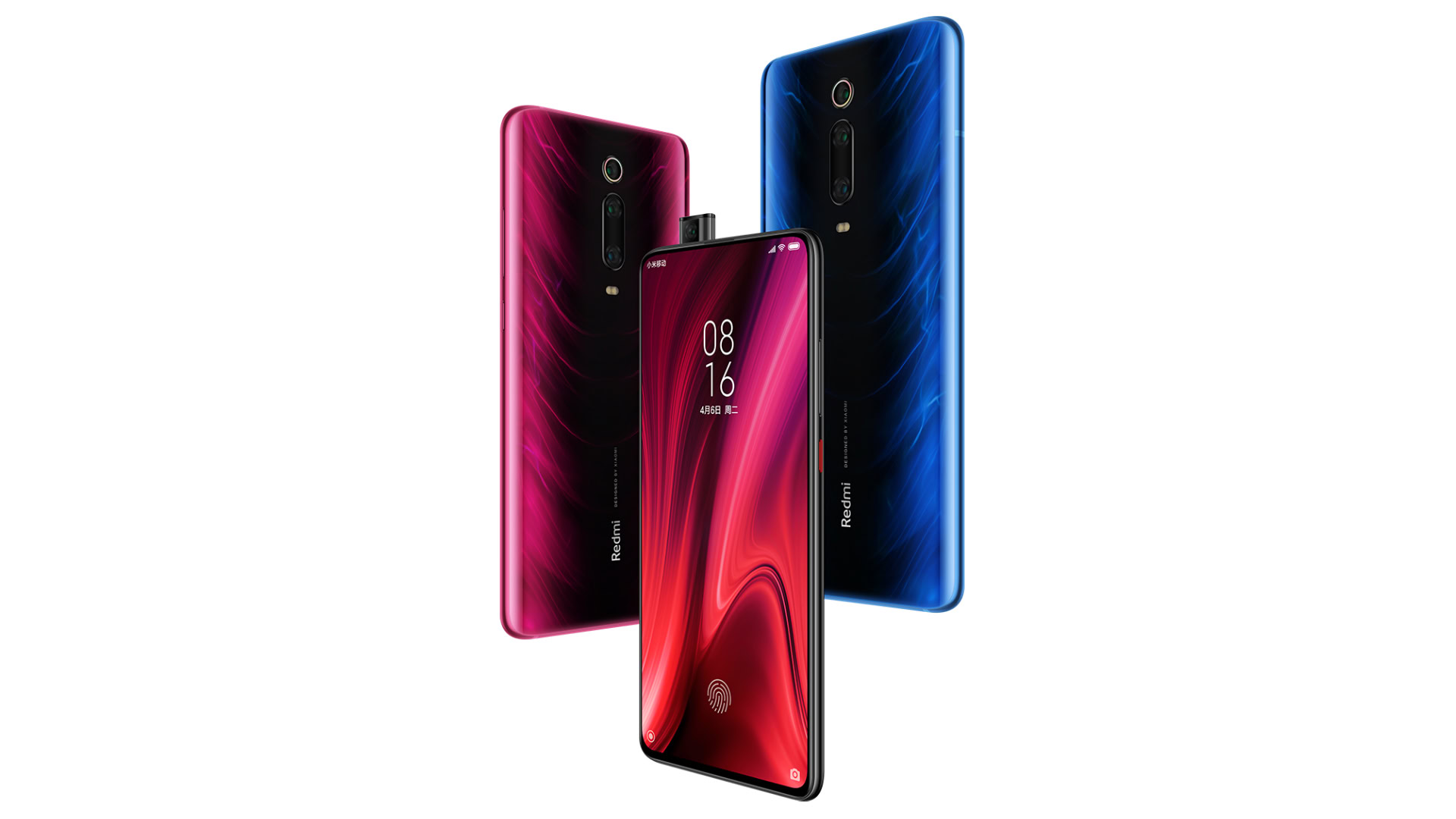
My answer to the question “Is the POCOphone F1 still worth it in 2019?” is yes. You still get an awful lot of phone for your money, arguably more now than ever. Competitive specs, to much improved camera, to impressive battery life, and all encompassed in device for under $350. I’m really excited to see what Xiaomi and the POCOphone brand do this year, and I hope it’s every bit as successful as its predecessor.
What do you think about the POCOphone F1? And what are you expecting/hoping to see in the F2? Let us know in the comments!